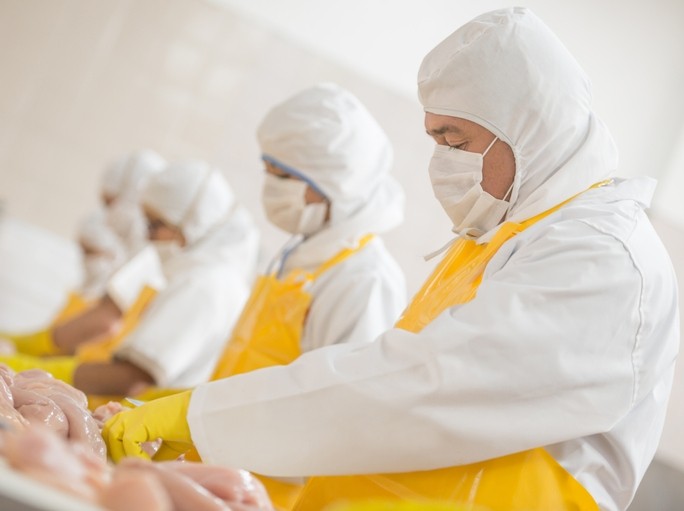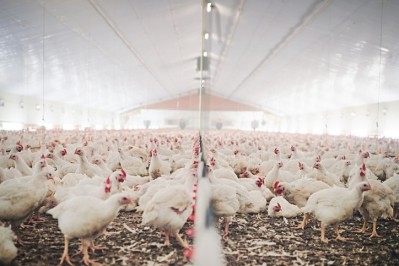Outlook for the global poultry industry is improving

There has been a shift in the market in China, with falling prices and more local supply of pork and chicken, despite, in the case of swine production, volatility related to new African swine fever (ASF) outbreaks, and new strains of the virus, said Nan-Dirk Mulder, senior analyst, animal protein at Rabobank, as the group released its latest poultry industry quarterly.
Chicken production is forecast to grow 5% in China in 2021. “So, this year, China has less need for imports,” said the analyst.
And this is a trend that is bound to have an impact on global trade in terms of prices and volumes. It is not good news for Brazil, he said. China has been one of the growth markets for the poultry industry in that Latin American country.
However, recovery in several important import markets should support global poultry trade, he commented.
In Europe, last year was very challenging for the poultry sector with low prices, oversupply, and the decimation of the foodservice market trade. Now, with good vaccination rates, the economy is reopening, and the foodservice sector, which relies heavily on imports, is gradually returning, noted Mulder.
Japan’s poultry industry has also started to recover, and there has been a recent pick-up in demand for poultry imports in South Korea, he said.
AI, feed prices
Though avian influenza (AI) outbreaks remain a concern. Indeed, disease is still having a big impact on international markets, said Mulder.
“There are four factors impacting worldwide business: COVID-19 and ASF recovery, AI and high feed prices, and AI has created a lot of pressure in the northern hemisphere, in northeast Asia and in Europe. In Eastern Europe, parent stock has been affected as well,” he told FeedNavigator.
Disease outbreaks have resulted in production drops in Japan, South Korea, Russia, and the EU.
Import restrictions have also impacted export volumes from Europe (chicken and hatching eggs) and Russia (chicken), which is impacting supply in the Middle East and Africa (MEA).
“While production is tight, there is higher demand, as consumers, post-lockdown, are prepared to spend in restaurants, etc.; so those factors lead to only one thing – higher prices.”
Higher feed prices are restricting expansion as well. “It is more difficult to finance working capital also become of the impact from the pandemic on the profits of companies. That said, I am quite optimistic about market conditions, compared to this time last year.”
Feed prices, even if there has been a dip from the highs of Q2, will remain elevated, at levels higher than anything seen in the past five years. Tight global stock levels for corn and soybeans will ensure ongoing volatility, with weather conditions, planting projections and politics to play a role.
“Prices are related to ongoing market fundamentals, of course, with China still buying a lot [of grain and oilseeds] because of ASF recovery and modernization efforts there; and biofuels are back, especially in the US. The biodiesel mandate in the US is having an impact: soy oil and palm oil prices are sky high at the moment. I think the fundamentals remain bullish for high prices.”














